When you think of a silk classic and robust Volkswagen in Brazil, it's hard not to remember the Santana. Launched exactly 40 years ago, the Santana was the model that consolidated the German brand's presence in the mid-size car segment in the country, being one of the most beloved and emblematic sedans in the history of the national automobile. But what made the Santana become an icon? Let's travel back in time to understand how this car became a true legend on wheels.
The Beginning: The Arrival of Santana in 1984
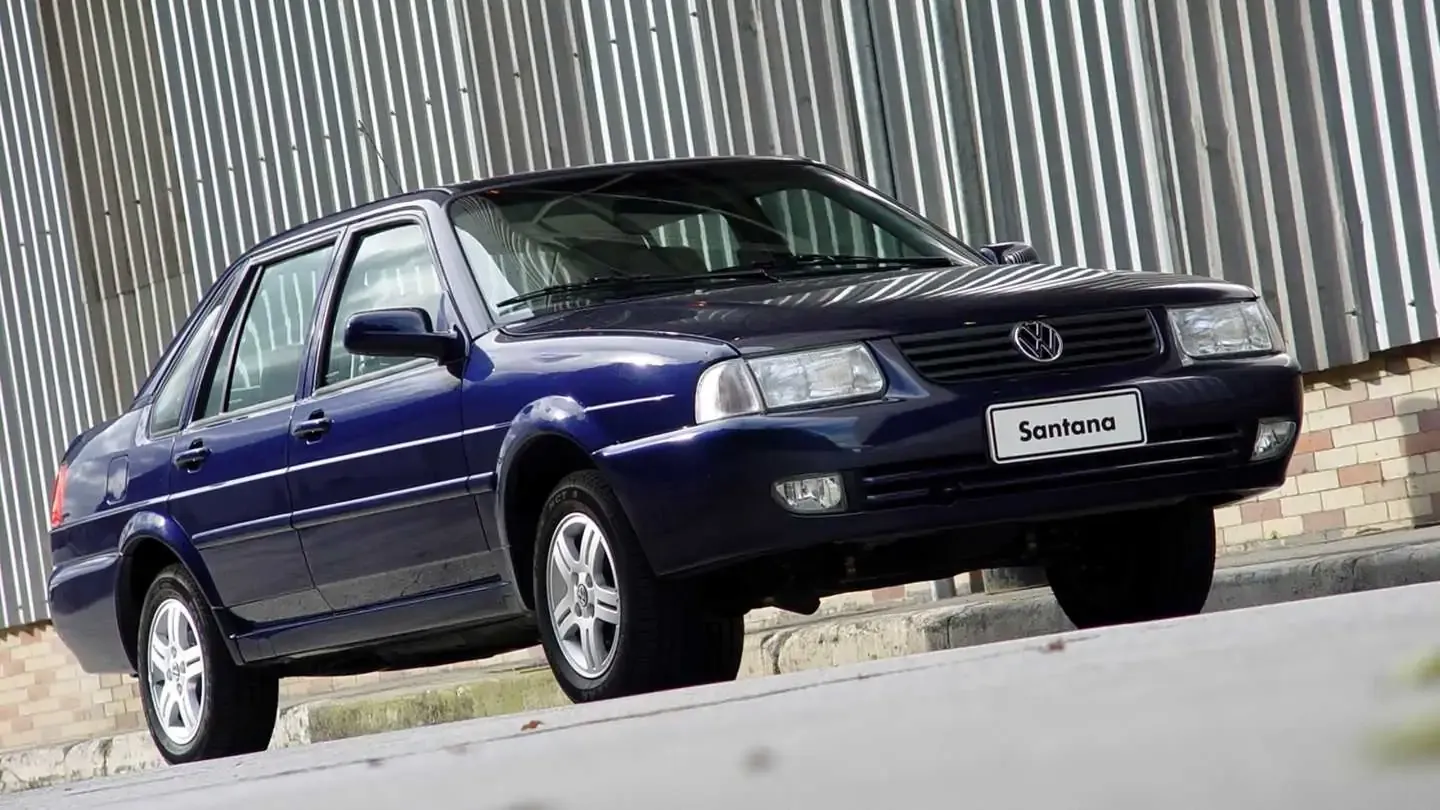
Before 1984, the Volkswagen faced challenges in the Brazilian market, especially after the discontinuation of Passat, which was already showing signs of aging. The brand needed a new model that offered more Lux and sophistication to consumers, without losing the tradition and reliability of Volkswagen cars.
With the arrival of the Santana in 1984, the brand finally achieved this goal. The Santana emerged as the second generation of the Passat, but with a big difference: its sedan body, which was much more appreciated by Brazilian consumers. The Volkswagen was already aware of the evolution of the market and knew that preferences were changing. The sedan version of the Passat was now called the Santana and quickly conquered its space, mainly due to technological innovations and superior comfort.
The Origin of the Name: Santana and the Santa'Ana Wind
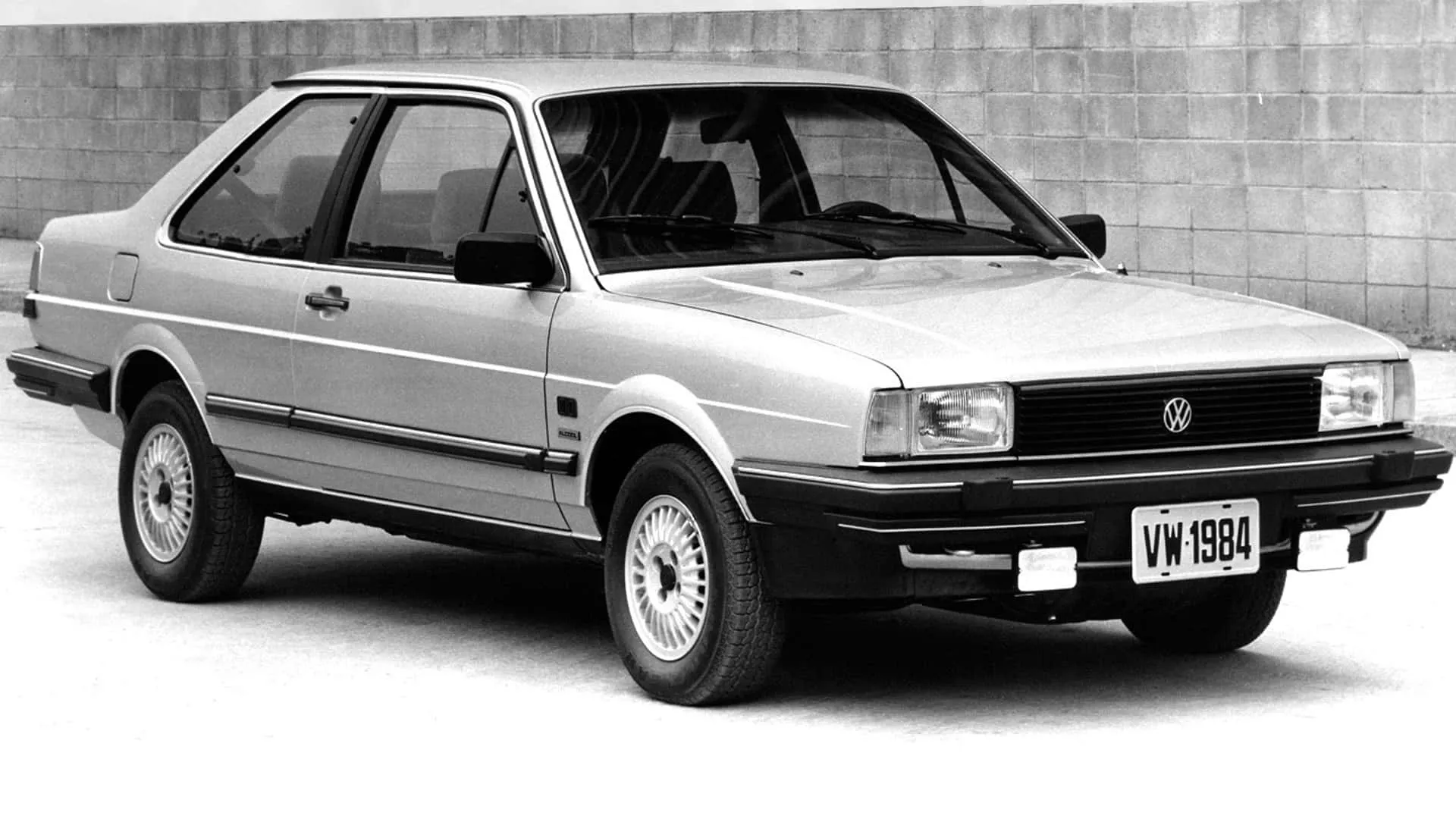
Interestingly, the name Santana was not an exclusive creation of the Brazilian branch. This name was already used in Europe to designate the sedan version of the Passat B2 (second generation). And, in terms of origin, the name refers to the Santa'Ana wind, which blows from the Mojave Desert in the United States towards the Pacific Ocean. This name evokes a sense of power and strength, something that the name itself Santana personified on Brazilian roads.
The First Versions and Their Features
When the Santana arrived in Brazil, it was offered in versions CS (Comfort Silver), CG (Comfort Gold), and CD (Comfort Diamond), all with engine 1.8 gasoline and alcohol, offering a power that varied from 85 hp The 92 hp. Furthermore, the version Quantum – a station wagon derived from the Santana – was also presented, with more powerful engines and the option of an automatic transmission.
These initial versions were a great success, as the Santana offered something new to the market: technology, sophistication and a level of finish which was not common in those times. The robust yet elegant design was also a big draw, in addition to the security It is comfort that he provided to drivers and passengers.
Innovations and Changes Over the Years
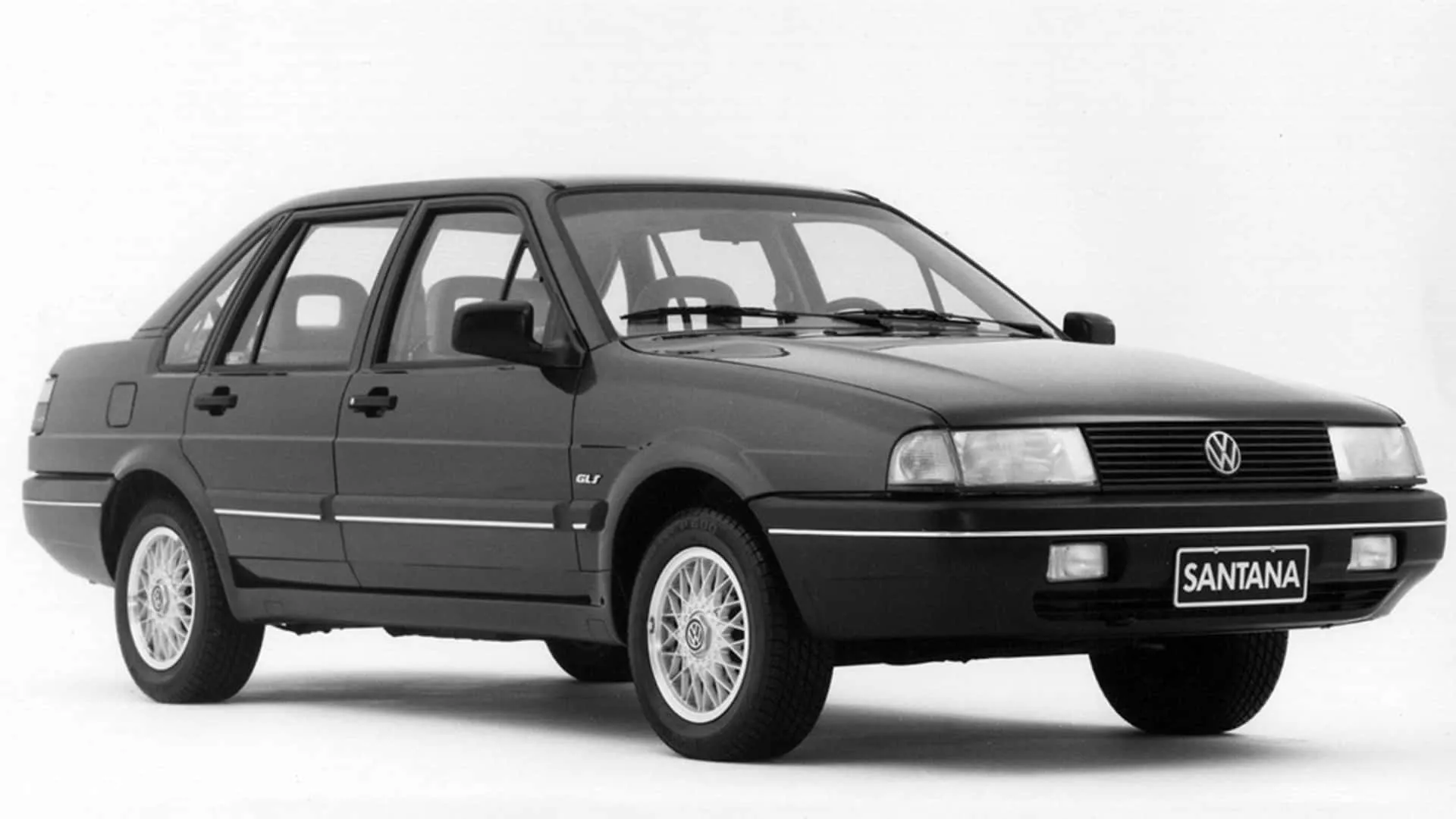
In the following years, the Santana underwent some major restyling to remain competitive in the market. In 1986, the 1987 line brought aesthetic changes and new versions, such as the W (Comfort) and GLS (Grand Luxe Special), and in 1988, the model received a more powerful engine, the 2.0. With this engine, the Santana began to offer 112 hp with ethanol, which was a significant improvement in the sedan's performance.
One of the biggest innovations of the Santana happened in 1991, when it became a pioneer among national cars to offer the system of ABS brakes. At the time, the anti-lock braking system was a novelty, usually found only in imported luxury models. This feature helped to consolidate the image of the Santana as a model sophisticated, with technologies that were ahead of their competitors.
The Partnership with Ford and the Arrival of the Current Model
In 1991, Brazil witnessed the reopening of the market to imported cars, which brought new competitors to the market. Santana, like the Chevrolet Omega and Ford Royale. A Volkswagen also formed the controversial partnership with Ford, which gave rise to the Ford Versailles and to the Royale, versions of the Santana manufactured by the American brand. This partnership brought to Brazil a Santana with the engine 2.0 AP and with features that combined the best of both manufacturers.
In 1996, the Santana underwent yet another restyling, with the arrival of 1997 version. With the end of Autolatina and the introduction of new models, such as the Chevrolet Vectra and Fiat Tempra, the Santana needed to reposition itself in the market. The aesthetic changes maintained its robust appearance, but now with a more modern style and integrated into the line Passat B3, his successor in Europe.
The Fleet Era: Santana Reinvents Itself
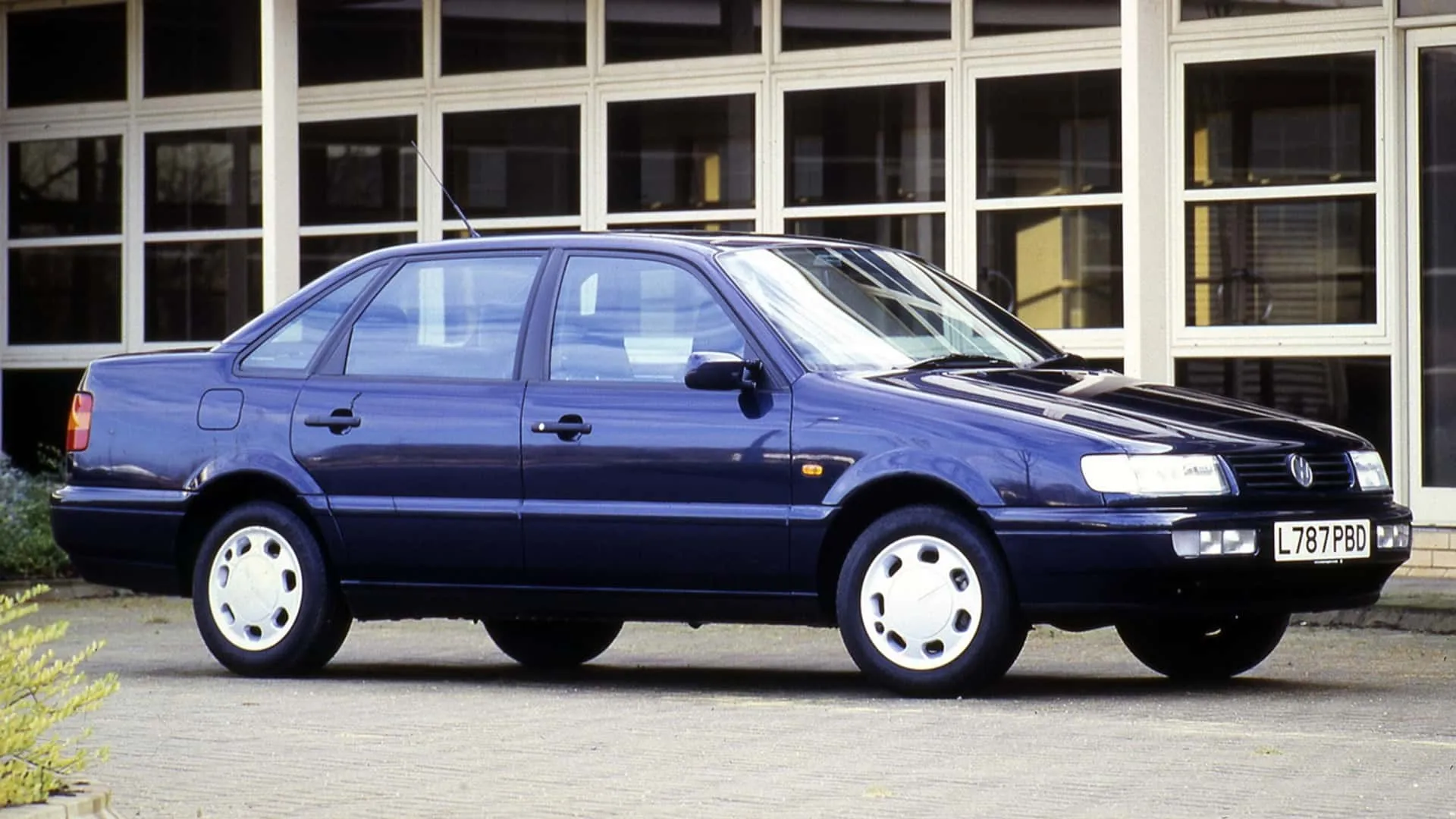
In the 1990s, the Santana became known as a model intended for fleet owners and taxi drivers, due to its reliability, low maintenance cost and big internal space. It has become the ideal car for commercial use, being widely used by companies and self-employed professionals throughout Brazil. The version GLS, with automatic transmission and 2.0 engine, was the most sought after by these consumers, who saw the model as a true work tool.
This new phase of the Santana coincided with the arrival of new models, such as the Ford Mondeo and Chevrolet Vectra, which were increasingly strong in the market. However, the Santana maintained its popularity, mainly due to its robustness It is comfort, even after the end of the partnership Autolatina in 1996.
End of an Era: Santana Exits the Scene
The end of production of Santana in Brazil it happened in 2006, after more than two decades of presence in the market. During these years, the Santana has consolidated itself as one of the best-selling and most beloved cars in the country, with more than 538 thousand units produced. Its end represented the discontinuation of an icon that had already won the hearts of many Brazilians, but also the entry of new models from Volkswagen, like the Polo Sedan and Let's go, who were unable to repeat Santana's success.
Even after the end of its production, the Santana is still remembered as a symbol of quality It is comfort. For many, he remains the mid-size sedan what defined the category in Brazil during the 80s, 90s and early 2000s.
Santana: A Legacy That Lives On
Although its production has been terminated, the Santana It is still a very popular car in the market. used cars. Your legacy as a sturdy and reliable model, ideal for families It is fleet owners, continues to be an attraction for those looking for a car with history. Some models still circulate on the streets, especially in large cities, such as São Paulo, where it is common to find Santanas in good condition.
In the market of collectors, the Santana also occupies a prominent place. Some models of the first generation, especially the higher versions and with low mileage, are sought after by brand enthusiasts Volkswagen. It is interesting to note how a model so associated with the use practical It is fleet manager also found its space in the market collectors.
Conclusion: Symbol of Reliability
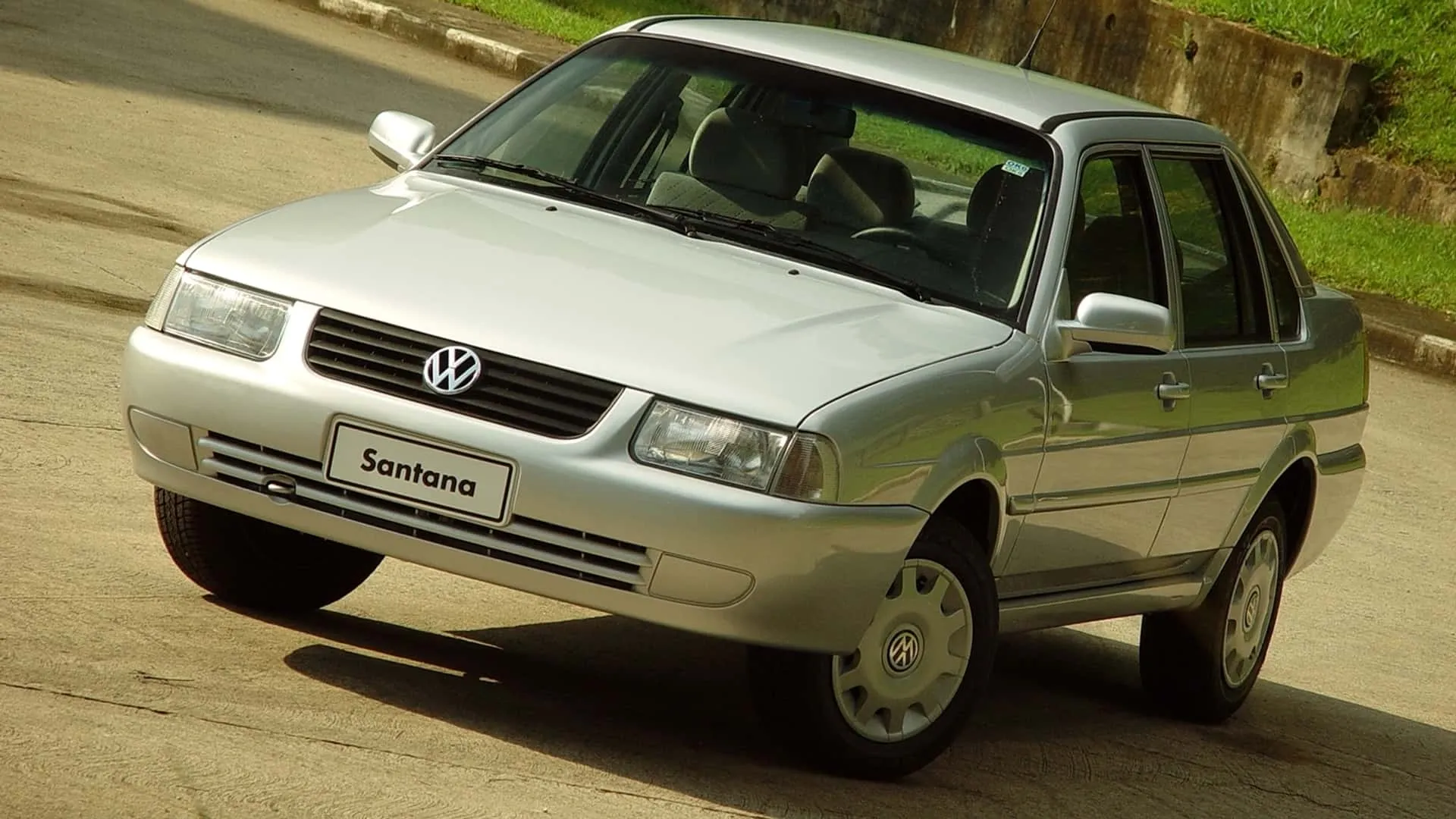
O Santana was much more than just a car. For more than two decades, it was the Volkswagen representative in the mid-size sedan market in Brazil, offering consumers not only Lux, but also technology, comfort It is reliability. His legacy lives on to this day, whether on the streets or in the hearts of collectors, who continue to admire the qualities of this iconic model.
In its 40-year history, the Santana has not only fulfilled its role as one of the most important models in the history of Volkswagen, but it also marked an era. Its history is a reflection of how the Brazilian automotive market has evolved and how Volkswagen knew how to understand the needs of its consumers, always offering the best in terms of quality It is comfort. Today, the Santana remains a symbol of a golden era for sedans in Brazil, where it was the protagonist for many years.
And, who knows, in the future, a new model of Volkswagen will be able to honor Santana's memory, bringing a new chapter to this story that will undoubtedly remain in the memory of many Brazilians.









